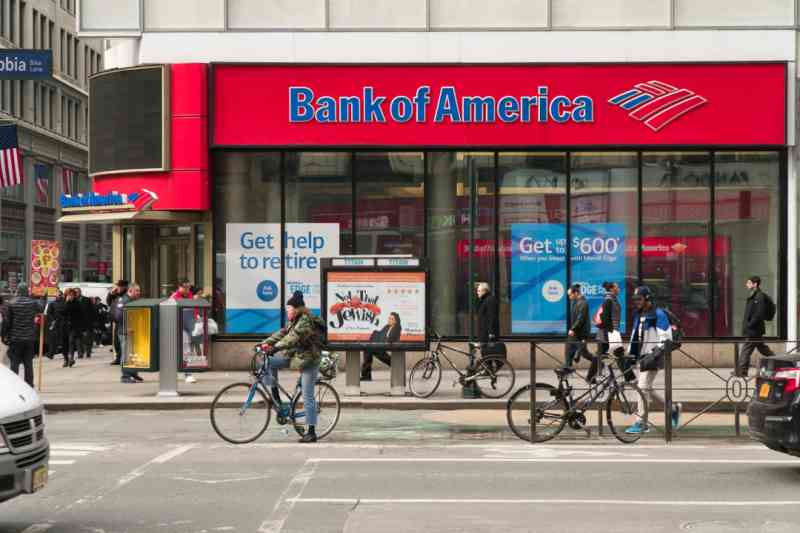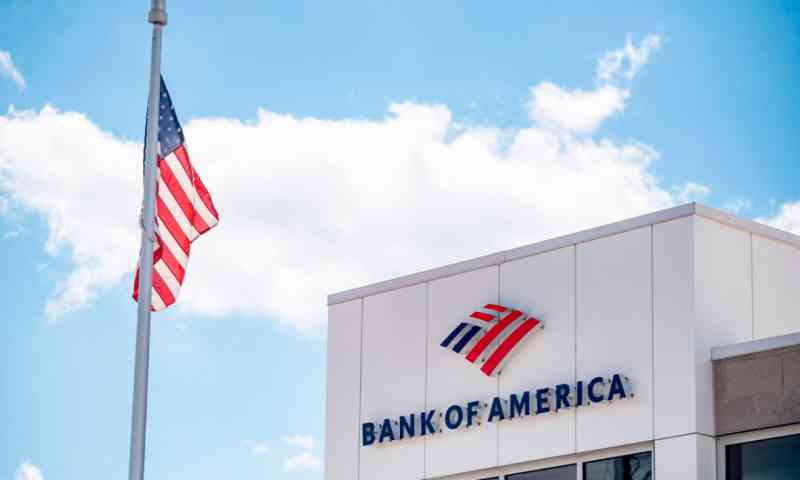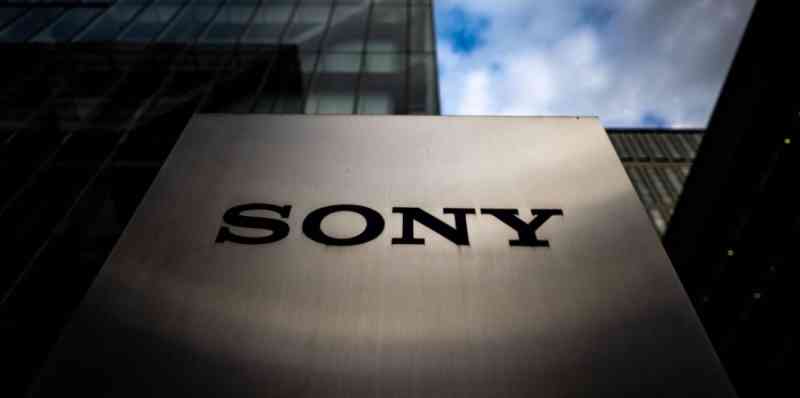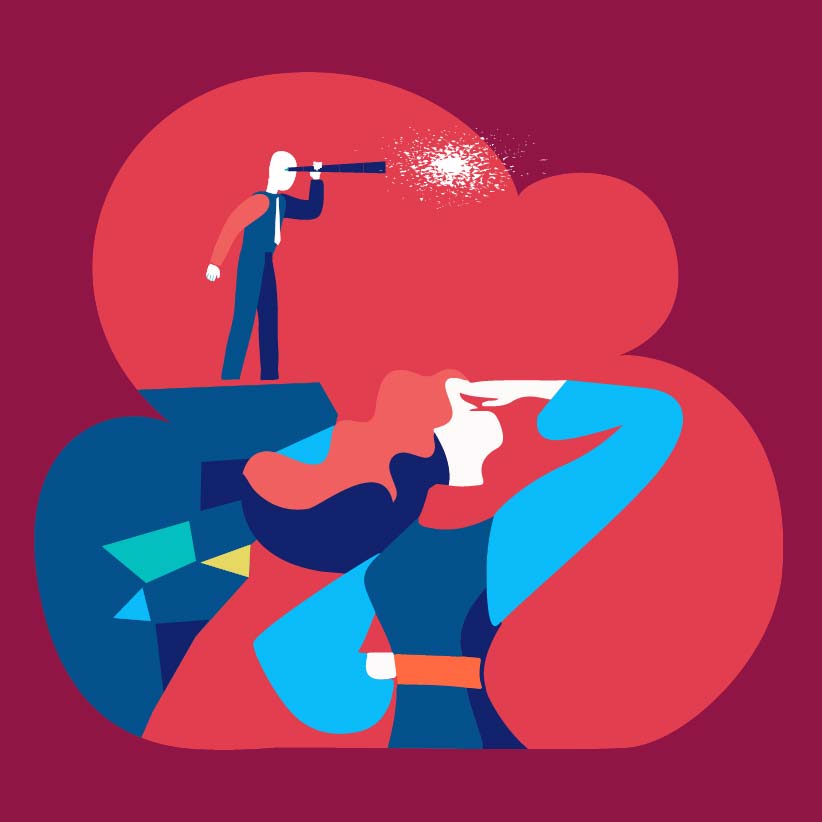Why the Best Design Might Be the Most Obvious
The virus of originality and the fear of being obvious are ruining design.

Editor's Selection
I approach a door intending to enter. I look at it: a smooth slab of glass and metal, without a single clue as to how it works. Do I push or pull? I try one thing, but fail. Finally, I discover a small, almost invisible slot and manage to get in, feeling a bit foolish. Is it my fault? No, it’s the door. And that door is the symptom of a silent but widespread disease in the fields of design and communication: the “horror of the obvious.”
A result of his characteristic lucidity, the master Norberto Chaves left us this enlightening concept, which is explained thus: there is a taboo, a widespread prejudice among designers, communicators, and marketers that makes us instinctively reject clear and evident solutions. We thus consider obvious solutions to be inferior, lacking in ingenuity, and unworthy of a “creative” professional like ourselves. And in this desperate search for originality, we shoot ourselves in the foot; and worse, we shoot the user and/or our client in the foot.
The Virus of Originality
How many times have we discarded an idea because it was “too simple”? How many times have we felt the pressure to find a clever twist for a logo, an advertisement, or a message, just to ensure our work is “clearly creative”? This prejudice functions like a virus: it installs itself in design schools and agencies, convincing us that creativity is synonymous with breaking the mold. If people don't understand “the idea,” it must mean we didn't work hard enough. We never ask ourselves, “What if no crazy idea was needed?”
This self-imposed pressure, solely for the sake of “being creative,” contaminates our judgment. It makes us believe that a design that lasts is a stagnant design, surpassed by time. And that a solution already seen is an easy, effortless solution. And so, we launch into a cycle of unnecessary redesigns and forcedly original proposals that, in many cases, are worse than the previous ones.
The result is a world full of frustrating objects, incomprehensible messages, brands that perform poorly, and campaigns whose jokes the public doesn't get. We prioritize a preconception over function, the creator's ego over the real need. And that is nothing less than professional malpractice.
A concrete case: Bank of America encountered a very creative designer who proposed a graphic mark that would express the idea of America’s productive interior, through planted fields represented in its symbol, which also evokes the country’s flag. Super ingenious! But what did the bank gain from that operation? Was it worth making that creative nod in exchange for bearing a defective identifying asset with enormous performance problems for decades?1


Misunderstood Creativity: Ego Versus Function
The underlying problem is a misguided and adolescent conception of creativity. We believe that being creative means breaking with everything that came before, and systematically avoiding any solution that smells of being already seen, already tested, or evident. As if every design had a universal requirement much more important than the pedestrian specific objectives of each case. We must “surprise,” no matter the cost, ignoring the fact that most of the time this is not possible, that most of the time it is not necessary, and that often it is counterproductive.
We don't even stop to think about whom we are supposed to surprise: the client, their audience, ourselves, or our colleagues? This is not clear at all. Note that depending on who the recipient of the surprise is, the results should inevitably be different.
True creativity, as Norberto Chaves said, is not an act of capricious rebellion, but an act of pure intelligence. It consists of finding the perfect solution for the case. And sometimes, many times, that perfect solution is the most obvious one.

Think about the Sony logo. It didn't need a symbol to express technology and sound. Four letters drawn with impeccable typographic mastery were enough.2 It is legible, powerful, eternal. It is obvious, and it is brilliant.
Apple’s apple is an instantly recognizable symbol, easy to reproduce, and with a subtle detail: the bite, which gives it personality. Its strength lies not in a fundamental message condensed into a motif or a shape, but in direct, obvious, and unpretentious iconicity. What is surprising about Apple is not its symbol.
The Obvious Is Often the Perfect Solution
Defending the obvious is not an invitation to mediocrity, but quite the opposite: it is an appeal to professional responsibility. We need to understand that our primary duty is not to surprise, but to help communicate, help identify, and help things function...
This demands the humility to accept that we don't always have to reinvent the wheel. It requires us to know when a not necessarily ingenious solution is the correct one. And above all, it requires us to have the conviction to defend an obvious solution against a client or director who asks for “something more creative.”
The next time you face a design, communication, or marketing problem, before searching for the strangest and most unexpected idea, ask yourself: what is the most obvious solution? Analyze it. Test it. And if it works, if it is effective... don't discard it. You might be looking at a stroke of genius.
The most creative gesture is not finding an idea no one has had, but simply daring to propose the one that works best, no matter how obvious and uncreative it may seem.
This article was originally written in Spanish and adapted for English using AI to facilitate global dissemination.
Professional Excellence
If you are looking for content with this level of rigor, you will be interested in our academic offer. Courses designed to meet the real demands of the profession.
View Academic OfferShare
Please value the editorial work by using these links instead of reproducing this content on another site.

- I analyzed the Bank of America brand design case in depth in a video on the FOROALFA YouTube channel (only in spanish).
- Sony was once close to making the same mistake that many large companies make. Learn about that story in this video on the FOROALFA YouTube channel (only in spanish).
Topics covered in this article
What do you think?
Your perspective is valuable. Share your opinion with the community in the discussion.
Comment now!


